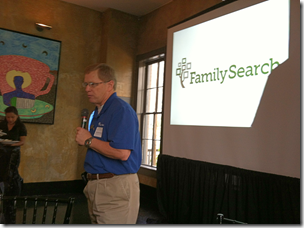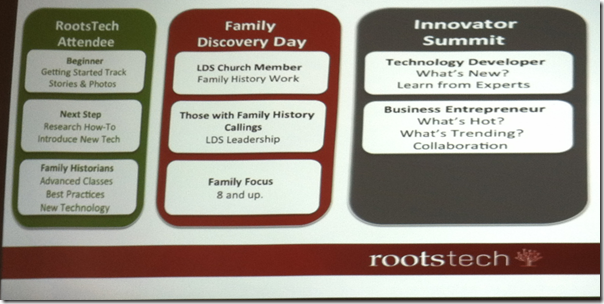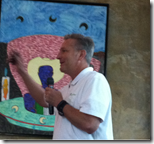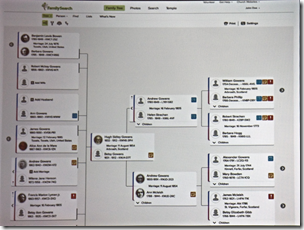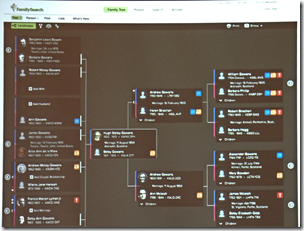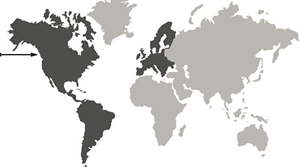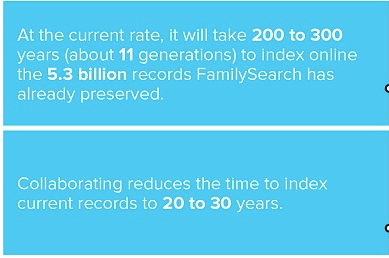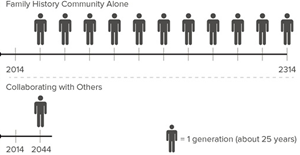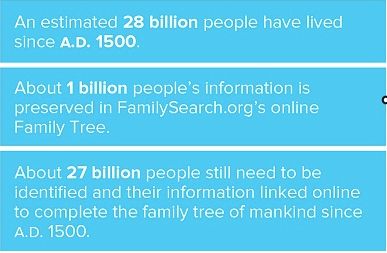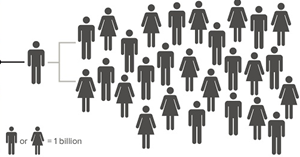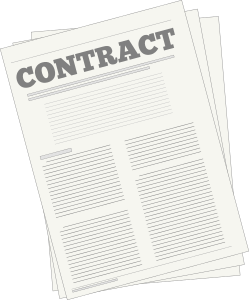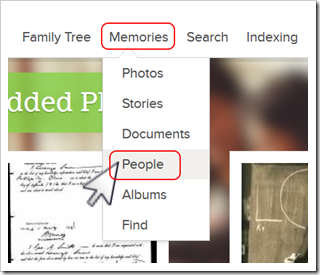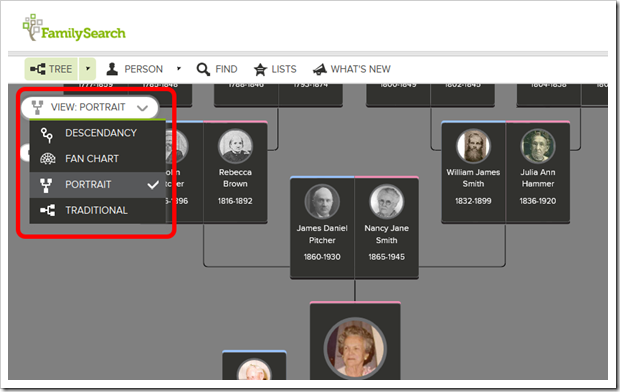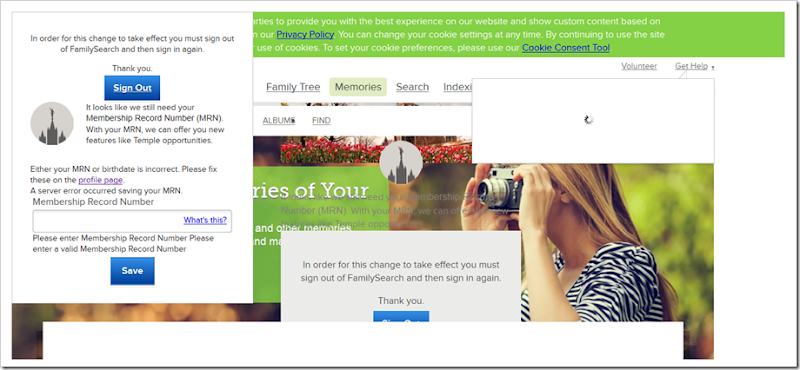 Wednesday was society day at the 2014 annual conference of the Federation of Genealogical Societies (FGS) this week. Breaking a bit from the traditional format of opening keynote followed by breakout classes, this year the morning of Society Day followed a seminar format often used in business training. The seminar was titled “Strong Business Strategy = Sound Society Strategy” and was presented tag team by David Rencher and Ed Donakey. Rencher represented genealogy knowhow and Donakey represented business acumen. Rencher is chief genealogical officer at FamilySearch and is FGS secretary. Donakey is a former company CEO, works for Rencher at FamilySearch, and is this year’s FGS national conference chair. Each participant was given a seminar booklet with handouts, work samples, and workbook pages.
Wednesday was society day at the 2014 annual conference of the Federation of Genealogical Societies (FGS) this week. Breaking a bit from the traditional format of opening keynote followed by breakout classes, this year the morning of Society Day followed a seminar format often used in business training. The seminar was titled “Strong Business Strategy = Sound Society Strategy” and was presented tag team by David Rencher and Ed Donakey. Rencher represented genealogy knowhow and Donakey represented business acumen. Rencher is chief genealogical officer at FamilySearch and is FGS secretary. Donakey is a former company CEO, works for Rencher at FamilySearch, and is this year’s FGS national conference chair. Each participant was given a seminar booklet with handouts, work samples, and workbook pages.
Attendees were first asked to think about the question: “Where do you want your society to be five years from now? Ten years? Twenty?” A mission statement and business plan can help you get where you want to be.
A business plan should have two dimensions. One is the written document. The other is in the heart, the way you feel. It is the commitment to the mission of the society. Your plan should include a mission statement. Make certain the mission statement is focused. It shouldn’t include a clause that would allow your society board to do pretty much anything they want. Have measurements from which you can judge the ongoing success of the society.
Write out your financial plan. Manage your sunk costs. A sunk cost is one that has already been incurred and can’t be recovered. Some of these may be office equipment, inventories of publications that are not on sale, maintenance fees for Dropbox, employees, and any regularly scheduled payments. Are they worth continuing?
Formalize how proposals are made to the society board and what information should be included in the proposal.
Utilize social media. Identify your goals. Pick which ones to use. Appoint personnel to administer each one. Establish a policy governing who posts and what they address. Advertise the sites in your publications.
In a later session, Donakey alerted attendees to discounts available to societies and genealogists in general.
- FindMyPast (www.findmypast.com/articles/work-with-us/partnering-with-societies) – With the FindMyPast
society membership program, society members can buy a 12-month world subscription on FindMyPast.com with a discount equal to the cost of society membership. FindMyPast also has a Society Data Initiative in which societies and FindMyPast partner to “preserve, digitize, and provide access to society publications.” - Dell (www.dell.com/mpp/fgs) – This website has opportunity to buy cameras, monitors, and computers. Any genealogist can buy from this website and get the discounts offered there. If certain amounts purchased, there is a possibility of a return in a small percentage coming back to FGS.
- Lexmark (http://shop.lexmark.com/familysearch) – At this website anyone can buy a printer/scanner that is capable of logging into FamilySearch.org and scanning directly from the printer/scanner. This is the same technology available in the commercial sized printers in FamilySearch family history centers.
A member of the class pointed out that TechSoup.org is another great resource offering special deals for non-profit organizations.
So if you are an officer of a genealogical society, ask yourself,”Where do I want my society to be twenty years from now?”





